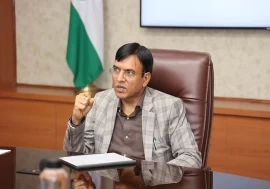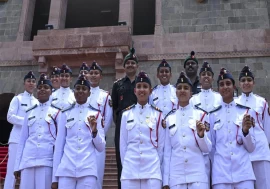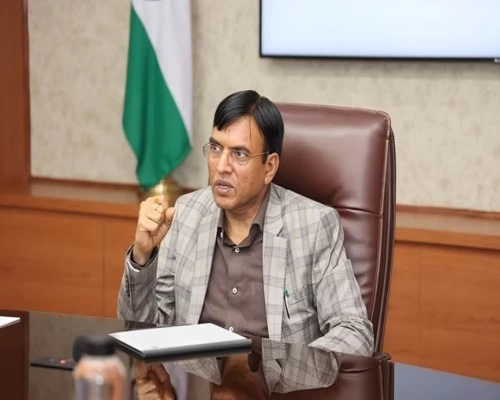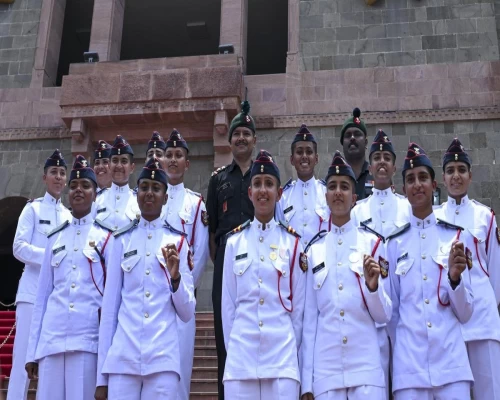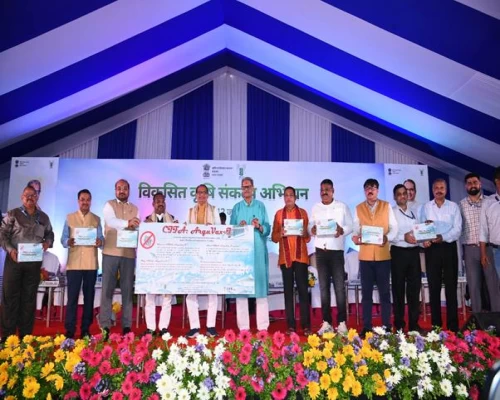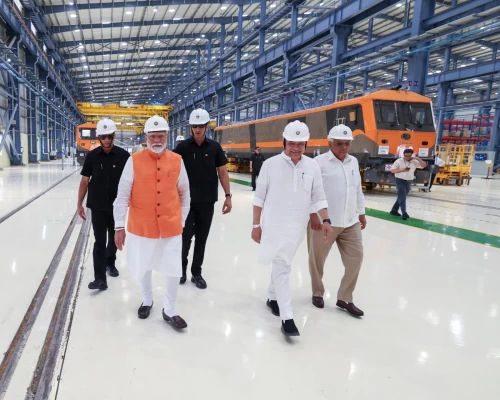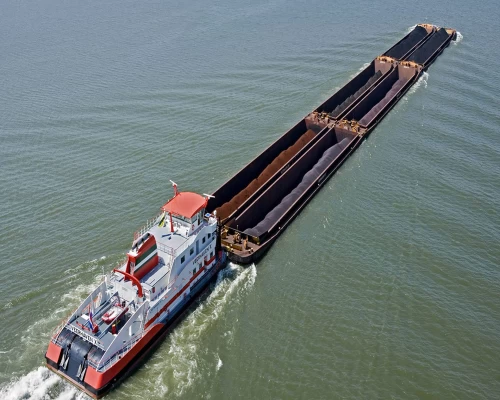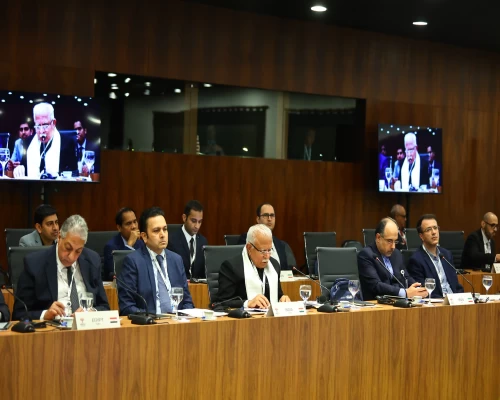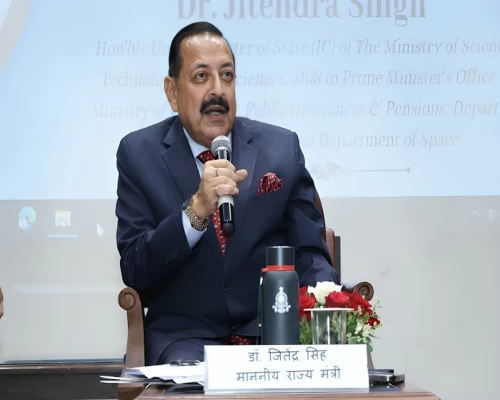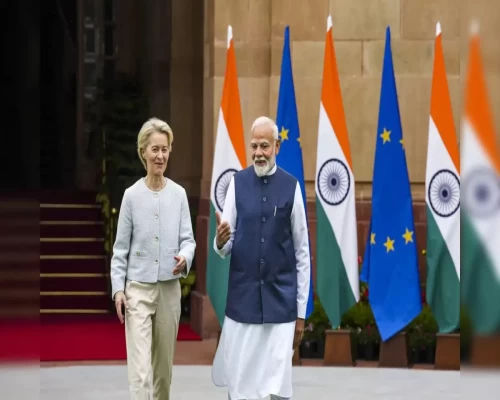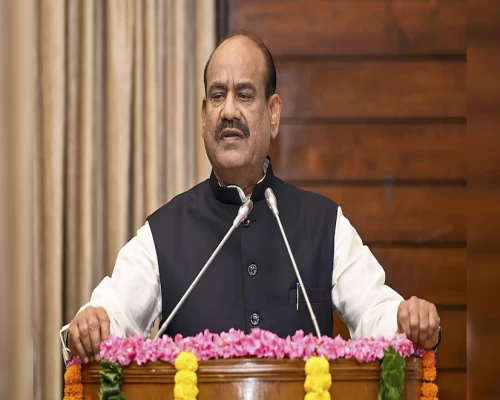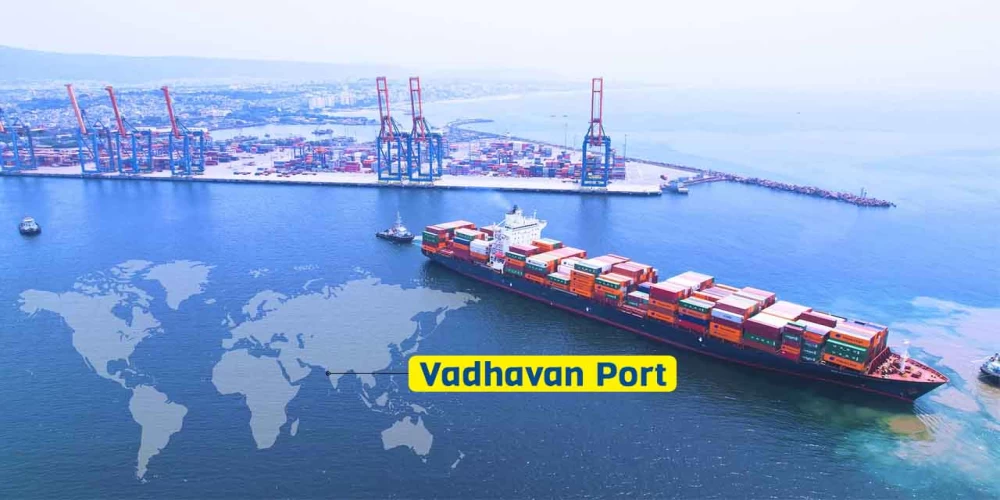
Mumbai: Prime Minister Narendra Modi is set to lay the foundation stone for India’s largest port project on August 30, 2024 at Vadhavan, near Dahanu in Maharashtra’s Palghar district. This ambitious project, approved by the Union Cabinet on 20 June, marks a significant step in bolstering India’s maritime infrastructure.
The Vadhavan mega-port will be developed by Vadhvan Port Project Ltd. (VPPL), a special purpose vehicle (SPV) jointly created by the state-owned Jawaharlal Nehru Port Authority (JNPA) and the Maharashtra Maritime Board (MMB). The project, with an estimated cost of ₹76,220 crore, represents a landmark collaboration between Union and state government entities, jointly developing a greenfield port for the first time in India. The port will be developed under the 'landlord' model, where the port authority retains ownership of the land and infrastructure, while private players operate the terminals.
One of the key features of the project is the creation of a 20-metre draft capable of berthing large vessels. This will be achieved through the reclamation of 1,448 hectares from the sea, eliminating the need for land acquisition. The port will be equipped to accommodate container ships with a capacity to carry over 24,000 twenty-foot equivalent units (TEUs), significantly reducing logistics costs and negating the need for transshipment.
The port is designed to house nine container terminals, each 1,000 metres long, alongside four multipurpose berths, including a coastal berth, four liquid cargo berths, a berth for roll-on, roll-off (Ro-Ro) ships, and a berth for the Coast Guard. Upon completion in 2030, Vadhavan port is expected to handle 23.2 million TEUs annually, with a cumulative cargo handling capacity of 298 million tonnes per annum (MTPA), making it the largest port in India.
Connectivity to the port will be ensured through a robust network of road and rail linkages. The Ministry of Road Transport and Highways (MoRTH) and the National Highways Authority of India (NHAI) will build the road connections to national highways, while the Ministry of Railways will facilitate integration with the existing rail network and the upcoming Dedicated Rail Freight Corridor. The port's strategic location, just 12 kilometres from the Dedicated Rail Freight Corridor and 22 kilometres from the under-construction Mumbai-Vadodara expressway, will enhance its commercial significance, serving hinterland industrial areas across Maharashtra, Gujarat, Rajasthan, and beyond.
The Vadhavan port is also integral to India's strategic initiatives, such as the India Middle East Europe Economic Corridor (IMEEC) and the International North-South Transportation Corridor (INSTC), positioning it as a future hub port in the Arabian Sea.
The project's funding involves multiple domestic and international financial institutions, including the Power Finance Corporation, Rural Electrification Corporation, and Japan International Cooperation Agency, which have expressed interest in financing the port. The core infrastructure, including breakwaters, dredging, reclamation, and shore protection, will be developed by VPPL at a cost of ₹43,622 crore. Additionally, the Ministry of Railways will invest ₹1,765 crore for rail connectivity, and MoRTH and NHAI will contribute ₹2,881 crore for road connectivity. The Maharashtra government agencies will also invest over ₹300 crore in power infrastructure. The remaining project cost of ₹37,244 crore will be financed by private operators selected by VPPL to develop terminals and other commercial infrastructure under the Public-Private Partnership (PPP) model.
Vadhavan port, upon completion, will become India’s largest port, surpassing the combined containerised trade volume of major ports like Jawaharlal Nehru Port Trust (JNPT) and Mundra Port. With a capacity to handle 23.2 million TEUs, the port will play a crucial role in enhancing India’s maritime trade, placing it on par with some of the world’s largest ports, such as Shanghai and Singapore. /BI


